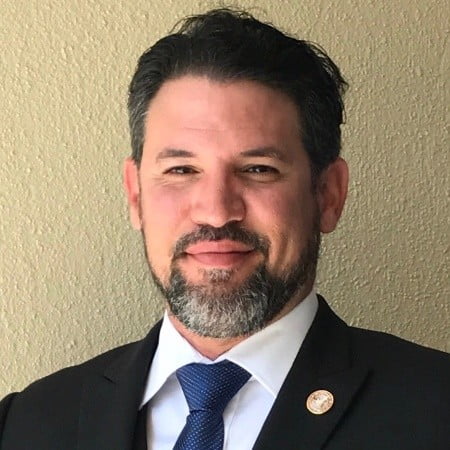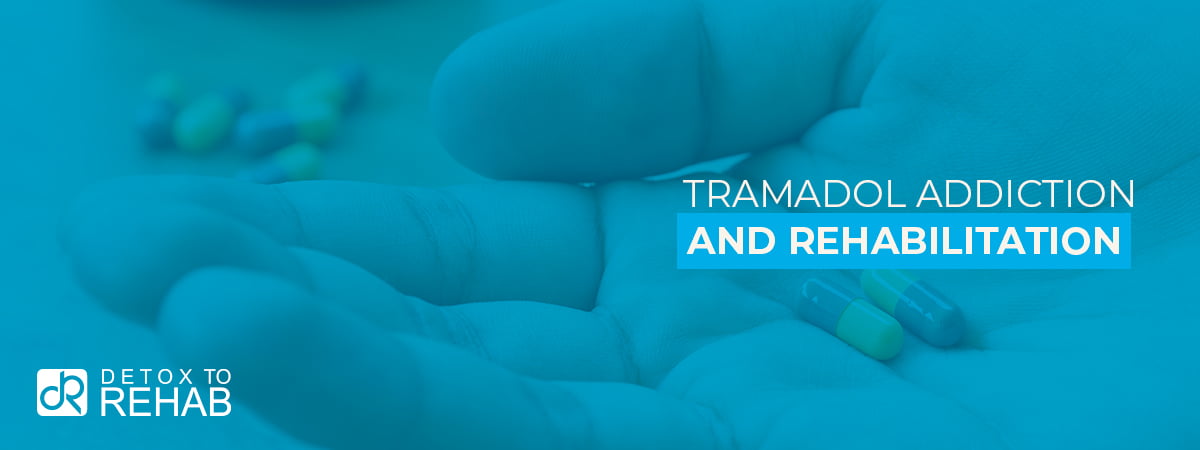

Understanding tramadol addiction—and why it’s risky
Tramadol addiction often starts quietly—with a prescription for moderate pain. But tolerance builds, stress piles up, and one extra pill becomes a pattern. Unlike many pain meds, tramadol also affects serotonin and norepinephrine. That means tramadol addiction can bring both opioid-type problems (dependence, withdrawal, overdose) and unique risks (seizures, serotonin syndrome). If you or a loved one is exploring tramadol abuse treatment, you’re in the right place. Recovery is real, and help works.
What tramadol is—and how it’s different
Tramadol is an atypical opioid. It binds to opioid receptors to reduce pain, and it blocks the reuptake of serotonin and norepinephrine (similar to some antidepressants). That dual action makes it feel “milder” to some users—but it also creates special dangers:
- Seizure risk: Higher doses, quick dose increases, or mixing with certain medicines (like some antidepressants) can lower the seizure threshold.
- Serotonin syndrome: Combining tramadol with SSRIs/SNRIs, MAOIs, triptans, linezolid, or St. John’s wort can dangerously raise serotonin. Warning signs include agitation, fever, sweating, fast heart rate, tremor, and confusion.
- Variable metabolism: People process tramadol differently (CYP2D6). Some get less pain relief and take more; others convert it faster to stronger metabolites and face more side effects.
- Mixing depressants: Alcohol, benzodiazepines, sleep meds, or other opioids with tramadol greatly increase overdose risk.
Street names: trams, trammies, ultras, chill pills.
Signs & symptoms of tramadol addiction
Addiction shows up across body, behavior, and daily life. The more items you check, the more urgent it is to get a professional assessment.
Physical signs
- Drowsiness or “nodding,” slowed breathing, pinpoint pupils
- Nausea, vomiting, constipation, dizziness, sweating, headache
- Needing more pills to get the same effect (tolerance)
- Withdrawal between doses: yawning, sweating, gooseflesh, runny nose/tears, stomach cramps, nausea/diarrhea, muscle and bone pain, insomnia, anxiety
- Atypical symptoms (because of serotonin/norepinephrine effects): irritability, mood swings, “brain zaps,” flu-like feelings, and sleep problems
Behavior & mood changes
- Using more or longer than intended; running out early
- “Doctor shopping,” borrowing/buying pills, secrecy around use
- Mixing with alcohol or sedatives to enhance effects
- Pulling away from family or work; money strain or legal trouble
High-risk situations
- Using alone (overdose may go unnoticed)
- Returning to a prior dose after a break (tolerance drops quickly)
- Combining with antidepressants, migraine meds, or other serotonergic drugs without medical guidance
Dangers, overdose & long-term effects
Tramadol misuse doesn’t just mask pain—it can harm health and quality of life.
- Overdose & respiratory depression. Slow or stopped breathing can cause brain injury or death.
- Seizures. Risk rises with high doses, rapid escalation, or interactions.
- Serotonin syndrome. A medical emergency when serotonin gets too high.
- Worsening mental health. Anxiety, depression, and poor sleep can intensify.
- GI and hormonal issues. Constipation and sexual dysfunction are common.
- Escalation. When pills run out, some turn to other opioids with unknown potency.
Overdose response—what to do now: If someone is unresponsive, breathing is slow/irregular, or lips are blue/gray, call 911, give naloxone (Narcan®) if available, and provide rescue breathing until help arrives. Stay with the person.
Tramadol abuse treatment & the path to recovery
Effective care is compassionate, evidence-based, and tailored to your life. The goal is stability, safety, and a plan that lasts.
1) Medical assessment & detox
A clinician reviews your dose, how you take tramadol (swallowing vs. crushing/snorting), other substances, and health history. Medically supervised withdrawal manages symptoms like anxiety, insomnia, cramps, nausea, and cravings. Because of tramadol’s dual action, withdrawal can include both opioid-like and SNRI-like symptoms; a guided taper often helps.
2) Medications that help
- Buprenorphine (often with naloxone) can ease cravings and withdrawal and is effective for many with tramadol dependence.
- Methadone provides stronger receptor coverage when needed.
- Extended-release naltrexone blocks opioid effects after full detox.
- Comfort meds (e.g., clonidine/lofexidine, anti-nausea, sleep supports) help during tapers or early recovery.
Using medication is real treatment, not “trading one drug for another.” It reduces relapse and overdose risk and helps people stay in care.
3) Therapies that create change
- CBT/DBT to manage triggers, thoughts, and emotions
- Motivational interviewing to strengthen commitment to change
- Trauma-informed therapy (e.g., EMDR or ART) when trauma is part of the story
- Family therapy to rebuild trust and set healthy boundaries
4) Levels of care
- Inpatient/residential: 24/7 structure for safety and stabilization
- Partial hospitalization (PHP) / Intensive outpatient (IOP): intensive day or evening programs with home supports
- Outpatient: step-down therapy and medication management
- Sober living: supportive housing while you practice new routines
5) Relapse prevention & safer living
Create a written plan that includes medication (when indicated), therapy schedule, peer support (12-Step, SMART Recovery, Refuge Recovery), safe-storage/lockbox practices, and naloxone for you and loved ones. Review other meds with your prescriber to avoid risky interactions.
Need help now? Search our treatment directory for tramadol-experienced providers—or call our confidential hotline at (866) 578-7471. Compassionate professionals can help you plan a safe taper, discuss medication options, and connect you with therapy that fits your life.








